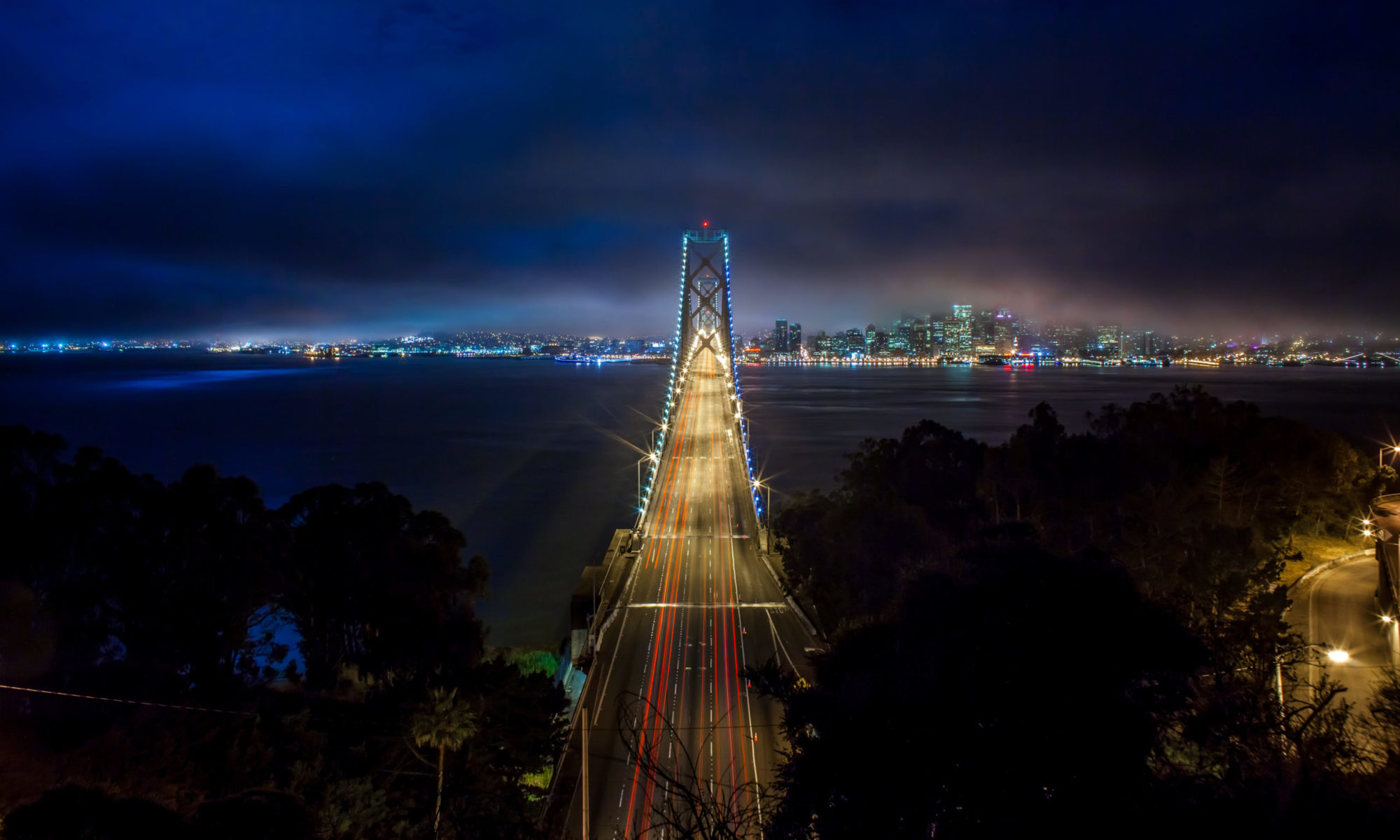Stanford camera chip can see in 3D | Underexposed – CNET News.com
Stephen Shankland has a post out over at CNET on a new image sensor being developed at Stanford that sees in 3D. The new sensor is a multi-aperture image sensor that is able to record depth of field for photos.
From Stephen:
“Even if you don’t want to print holographic pictures of your new kitten, I suspect that 3D technology could help with some traditional photography challenges. Just as face detection can make a camera decide better where to focus and how to expose a shot, having a depth map could make this sort of calculation that much more sophisticated.”
And here Stephen is exactly right. The technology will not necessarily be so useful for capturing 3D holographs, but it could have some significant implications for traditional two dimensional digital photography.
Last Fall Robert Scoble and I interviewed Stanford Professor Marc Levoy on video. It’s a fascinating interview where he shows off some of this new technology firsthand. You can check out the video here.
One of the more practical applications for this kind of a sensor is that it may allow you to take perfectly focused photos 100% of the time.
At present when you take digital photos you focus on a single point. Depending on your lens and aperture, this point is in focus while other points in the photos are out of focus. See this photo of mine as an example. Sometimes people call the dreamy creamy out of focus areas bokeh. Sometimes you hit it just right when you focus. Other times though your autofocus might not exactly hit the thing you are trying to focus on or sometimes you might just change your mind about what you want in focus after the fact.
Personally I use focus many times as an artistic tool. Take this other photo for example. It is completely out of focus — but I think that it looks better that way, more of an abstract photograph than a perfect representation of the scene that I saw. I think soft colors and reflections work especially well out of focus.
And this is where this new technology may have it’s most important practical application. By allowing a photgrapher to change the depth of field or focus point *after* the photo has already been taken based on data collected, you well might be able to correct any focus errors with the camera of the future. This means simply getting Aunt Betty in focus instead of the Christmas Tree 6 feet behind her, but it also means that digital artists and photographers of the future may have new ways to experiment with the production and digital manipulation of imagery.
Now a lot of this is pretty geeky stuff, but it is exciting to me to know that even more digital photo tools are on the horizon of the future.


Now, there’s a toy I would like to get my hands on! 😉
I wonder if this wil really help,
I mean the lens motor has to move in or out to change focus. So the only solution is really a gigantic sensor and youve divided sections of it into seperate aperatures, thats gonna need to be like 3 or 4 aperatures at once to be useful, like bracketing for aperature. The shutter speed will have to remain consistent and the sensor needs to be like 140mm (size of a calculator)
The camera will be a LOT bigger then todays camera, weigh more, be noisier etc think of the shutter sound from a shutter that big and the mirror slap could break your hand.. lol
…I can see this for studio applications though big time, but nobodys gonna carry something that large/expensive down the street.
When will they stop making advances that dumb down the camera and start making things that help the people that know what they are doing.